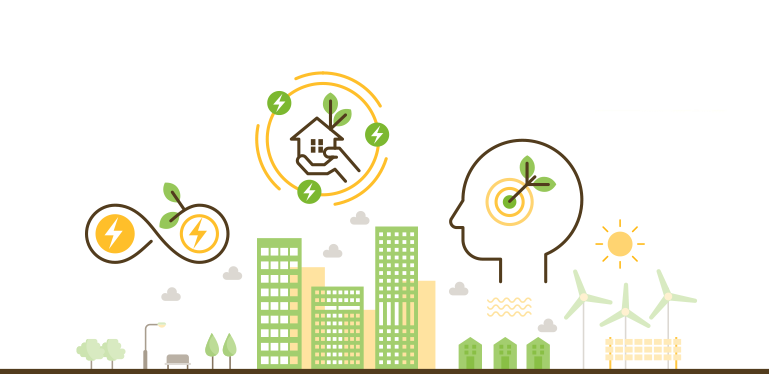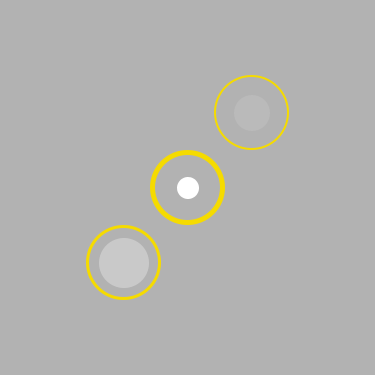The following article was published in the Dutch journal “Technisch Weekblad”:
Bioplastic from waste
Every inhabitant of Europe produces an average of 250 kg of organic waste each year, which consists of carbohydrates, lipids and proteins. Raw material with which the appropriate techniques can make valuable products. This is the goal of the European URBIOFIN BBI consortium, which has recently begun, involving 16 project partners from eight European countries. One of the project partners is Wageningen Food & Biobased Research. “We are producing bioplastic from municipal waste,” says senior scientist Hans Mooibroek. “We embody an existing technique, which we have applied about 15 years ago. This approach has taken a while because the production process as a result of the high medium cost of the bacteria was too expensive. We had to order the pure raw materials for the medium and then mix it ourselves. That made the process far too expensive. By using waste streams as raw materials, we hope to push costs. “Unlike the processes elsewhere in the world, which work with short-chain PHAs (PolyHydroxyalkoates), the Wagening Research Group, by way of exception, now produces medium chain PHAs from waste, which then makes it suitable for bioplastics and numerous other products. “Technical advantages of medium chain PHAs are that the melting point is much lower than the short-chain PHAs, making them less rigid, the side chains can be functionalized and the number of applications is therefore much larger,” says Mooibroek. For example, these bioplastics lend themselves well to fabricating coatings, agricultural plastics or cosmetics.”
In the URBIOFIN consortium, companies and research institutions are researching all aspects of the entire production and sales chain, both suppliers of raw materials from waste and, for example, partners that extract and apply the PHAs from the waste. Research topics include: the conversion of bioethanol into bioethanol, the production of biogas material and the production of fatty acid through the partial anaerobic fermentation of the organic fraction of household waste. According to the URBIOFIN scenario, all participating partners must present a number of demo products or processes at the end of the four-year project.
As a premium member find the article in Dutch here.










